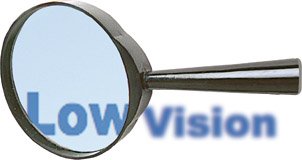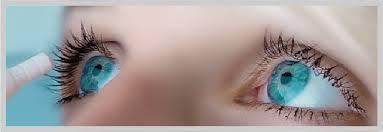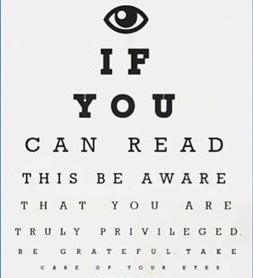Eye Conditions Articles
What is low vision? Low vision is the term used to refer to a visual impairment that is not correctable through surgery, pharmaceuticals, glasses or contact lenses. It is often characterized by partial sight, such as blurred vision, blind spots or tunnel vision, but also includes legal blindness. Low vision can impact people of all…
Continue ReadingContacts in the Winter Yes. ‘Tis the season…for dry eyes. When most people think winter, they think cold, wet air. But did you know that winter the air is usually drier than any other season? This can be hard on those that have dry eyes, but it’s even more difficult for those that have dry…
Continue ReadingThanksgiving is a time to be grateful for all the privileges and blessings we have. It is a time to celebrate family and gather with our extended family members and friends. Do we also remember to be thankful that we can see? We should give thanks daily, and not just once a year, for the…
Continue ReadingIdeally, one eye exam every year should help you stay on top of your eye health, but some people might need to schedule more than one eye exam in a year. Vision can change quite a bit over the course of a year, especially for those over the age of 50, and it is important…
Continue Reading



